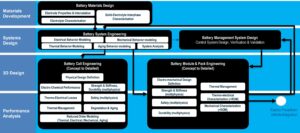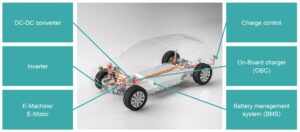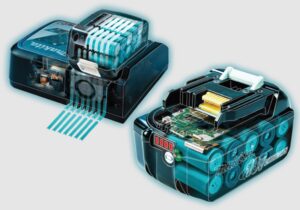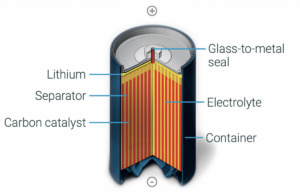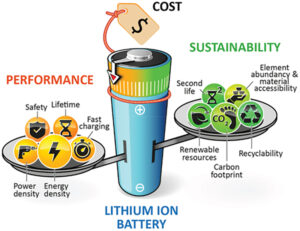In the near term, quantum sensors are being developed that can more accurately measure EV battery capacity, assess battery safety, and reduce vehicle weight. In the longer term, quantum batteries have been proposed that could dramatically improve the speed and efficiency of battery charging. The energy remaining in an EV battery has been estimated using…
How does MBSE work for EV and stationary battery energy storage systems?
Model-based systems engineering (MBSE) is comprehensive. The International Council on Systems Engineering (INCOSE) defines MBSE as the “formalized application of modeling to support system requirements, design, analysis, verification, and validation activities beginning in the conceptual design phase and continuing throughout development and later life cycle phases.” It’s especially applicable to complex systems of systems like…
How is functional safety defined & implemented for batteries in EVs and BESS?
Li-ion batteries can store large amounts of energy, and they can support high rates of power delivery. They are the preferred energy storage technology for EVs and large battery energy storage systems (BESS). But if not properly managed, they can also present safety hazards. That makes functional safety a critical consideration when designing large Li-ion…
How does vehicle-to-grid technology work to improve sustainability?
Vehicle-to-grid (V2G) technology is often touted as one key to a more sustainable energy infrastructure. Like other areas where technology strongly impinges on economic and social interactions, however, the reality is complex and nuanced. Battery chargers can be a particularly daunting technical problem when implementing V2G. The charger must be bidirectional and offer high efficiency.…
How do liquid metal batteries fit in EV and BESS designs?
Liquid metal batteries are being developed primarily for battery energy storage system (BESS) systems but may find future applications in electric vehicles (EVs) and wearables and portable devices. The first commercial BESS using a liquid metal battery is expected to become operational soon, but the longer-term outlook for large-scale market penetration remains cloudy. The first…
What’s the difference between batteries for power tools?
There’s more variety available in power tool batteries than might be expected. Of course, various rechargeable Li chemistries dominate, and battery management systems (BMS) are critical, but there are also power tool batteries that can automatically switch their output voltage to suit the needs of specific tools; thermal management can be important for both chargers…
How do consumer and industrial Li batteries differ?
Consumer (sometimes referred to as commercial) lithium (Li) batteries offer better performance compared with lower-cost alkaline, nickel-cadmium (NiCd), or nickel metal hydride (NiMH) alternatives, but industrial Li batteries are even higher in performance. This FAQ looks at examples of chemistries for primary and secondary Li batteries in consumer and industrial devices including the use of…
What’s different about industrial and medical Li batteries?
In many cases, the difference is related to regulatory demands versus environmental demands. Both segments require high levels of safety and performance from Li batteries. Medical applications have numerous strict regulatory and certification requirements while industrial systems tend to have more challenging environmental performance needs. This FAQ looks at the extensive standards defined for medical…
How do the six most common Li primary chemistries compare?
Rechargeable lithium-ion batteries get a lot of headlines, but primary Li battery chemistries are the workhorses in a large number of industrial, medical, consumer, and other applications. This article looks at the performance tradeoffs and typical applications for the six most common Li primary chemistries including LiCFX (lithium poly carbon monofluoride) LiMN02 (lithium manganese dioxide),…
How can primary Li batteries contribute to sustainability?
A lot has been written regarding rechargeable lithium (LI) batteries and sustainability. Primary (non-rechargeable) Li batteries can also make major contributions to improving the sustainability of the systems where they are used. This FAQ reviews some of the factors related to the sustainability of primary Li batteries including key performance indicators (KPIs), downcycling versus recycling,…


